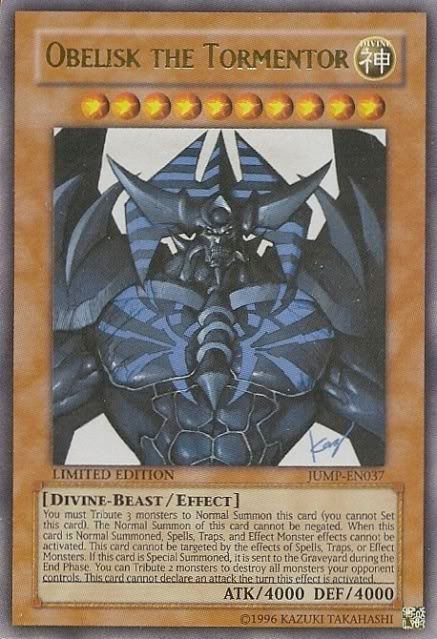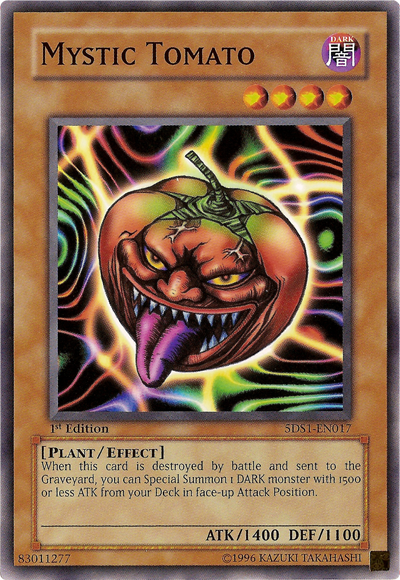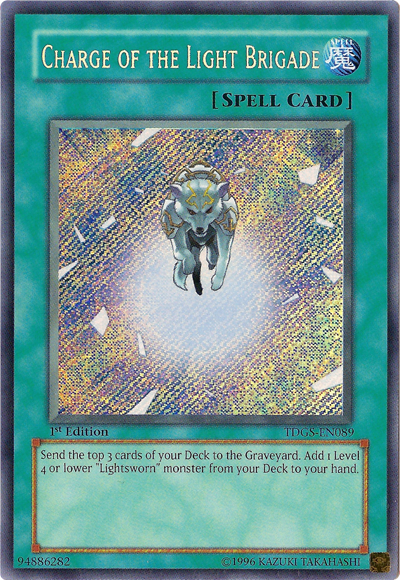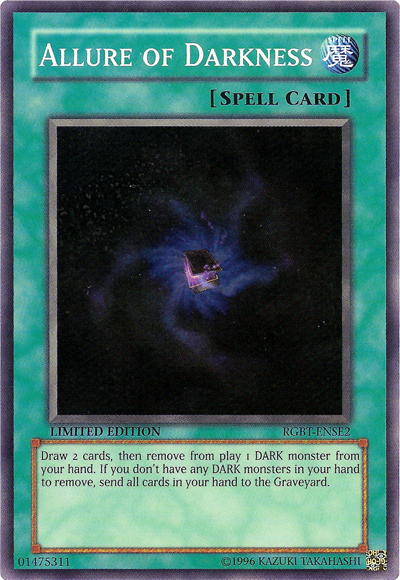What consistency means is pretty simple – something that performs on a regular basis at the same level, it’s a measurement of reliability. For the purposes of competitive play we’ll take that level of consistency and reliability as a continuously high standard.
Many players are dazzled and fascinated by amazing combos, and seemingly ridiculously powerful cards - the newly released and legal Obelisk the Tormentor for instance. They then go on to try and create decks around these combos and cards, often with disastrous results. Consistency (or a lack thereof) is the problem here.

Looks powerful right? Sure, it could be game changing, even game winning, if you ever managed to summon it. However, it’s pretty much impossible to guarantee that you’ll constantly be able to place the right amount of monsters on the board to ensure you can consistently make use of Obelisk. Another consistency issue arises when you’ve finally managed to summon the mighty monster, and you run into something as common as Mirror Force or Smashing Ground.
This is why it isn’t a particularly good idea to base a deck around Obelisk and cards like it (the most laughable example would be the hilariously bad ‘Sphinx’ cards used to promote the Yu-Gi-Oh! Movie). It’s just not worth the effort to summon, especially considering the instances where it’ll be successfully summoned and actually make an impact on the game are so rare they’re almost non-existent.
This is inconsistency at it’s finest – this is exactly what we want to avoid for competitive play. To prosper in a 7+ round tournament your deck needs to be filled to the brim (and be based around) cards that you can constantly rely on to achieve victory, the exact opposite of our old pal Obelisk up there.
So we’ve looked at one example of how to avoid consistency let’s look at a few ways we can actually increase and create it.
There are (among others) three main ways to increase consistency within a deck, without actually looking at the decktype itself (adding Lightsworn monsters to a Zombie deck would do nothing but worsen it).

The first of these are so called ‘recruiter monsters’. Basically these are monsters that bring other monsters to the field, acting as a ‘toolbox’, allowing you to tailor your needs to the situation at hand. These monsters are vital to some strategies and can radically change the pace and state of the game, depending on what you choose to search. They can set you up for tributes or synchros, or even allow you to survive one more turn so you can strike back with your own combos.
The most recent example of a tier 1 deck using these monsters is the popular Zombie deck that has arisen in the wake of Shonen Jump Columbus. I’ll be covering this deck in a later article.

The second of these are ‘searcher cards. These can come in a variety of shapes and forms, the most popular being Reinforcement of the Army, Black Whirlwind, Sangan, and Charge of the Light Brigade.
These fulfil a similar function as recruiters, but often at a much quicker pace, and in some cases setting up your field and combos all at the same time. Reinforcement of the Army was one of the most important cards in the Tele-DAD deck because it allowed you access to the crucial Elemental Hero Stratos on turn 1, which dictated the pace of the entire game from then on.
Take the popular Charge of the Light Brigade – widely regarded as the cornerstone of the Lightsworn deck.
Charge is often misunderstood as a ‘mere’ searcher, but it’s actually much more powerful than that, due to its subtle cost. The milling of three cards to the graveyard, the very mechanic around which the entire LS deck revolves can be absolutely gamebreaking depending on what gets sent there. Consider; your opponent activates Charge and mills Necro Gardna, Wulf and Shiny Black C. You soon realise this is not a game you are likely to win.
Of course, it’s highly unlikely for this to occur on a regularly basis, but if Charge hits even one of the above cards it’s huge for the LS player and sets them up massively.

The final of these three methods are draw cards. These increase consistency by allowing the user to ‘see’ more of their deck at a much quicker pace than usual. This gives them access to their more powerful cards sooner than their opponent, allowing for quicker, easier wins.
The best example of this is Jae Kim’s ‘Oppression-DAD’ variant of Tele-DAD, that surfaced around January 2009 during the dominant Tele-DAD era. That deck used three copies of Allure of Darkness and Destiny Draw, allowing for a blinding speed that has yet, almost a year later been unmatched. Combined with three copies of the aforementioned Reinforcement of the Army, Elemental Hero Stratos, Sangan, and a Mystic Tomato, this granted the deck consistency on a level that had never been seen before, and still has yet to be seen since, allowing it to crush almost all competition.
As I said, these are just a few of the ways you can increase consistency within your deck, but you should examine each individual card you use when deckbuilding. Just ask yourself this whenever you consider a card - how often is this card going to be useful, and when it is useful, how much of an impact will it have?
I hope you enjoyed my first article, and the first in this current series. Till next time, good luck and have fun!
- Alex.

Comments
0 comments to "Consistency is Key Part 1"
Post a Comment